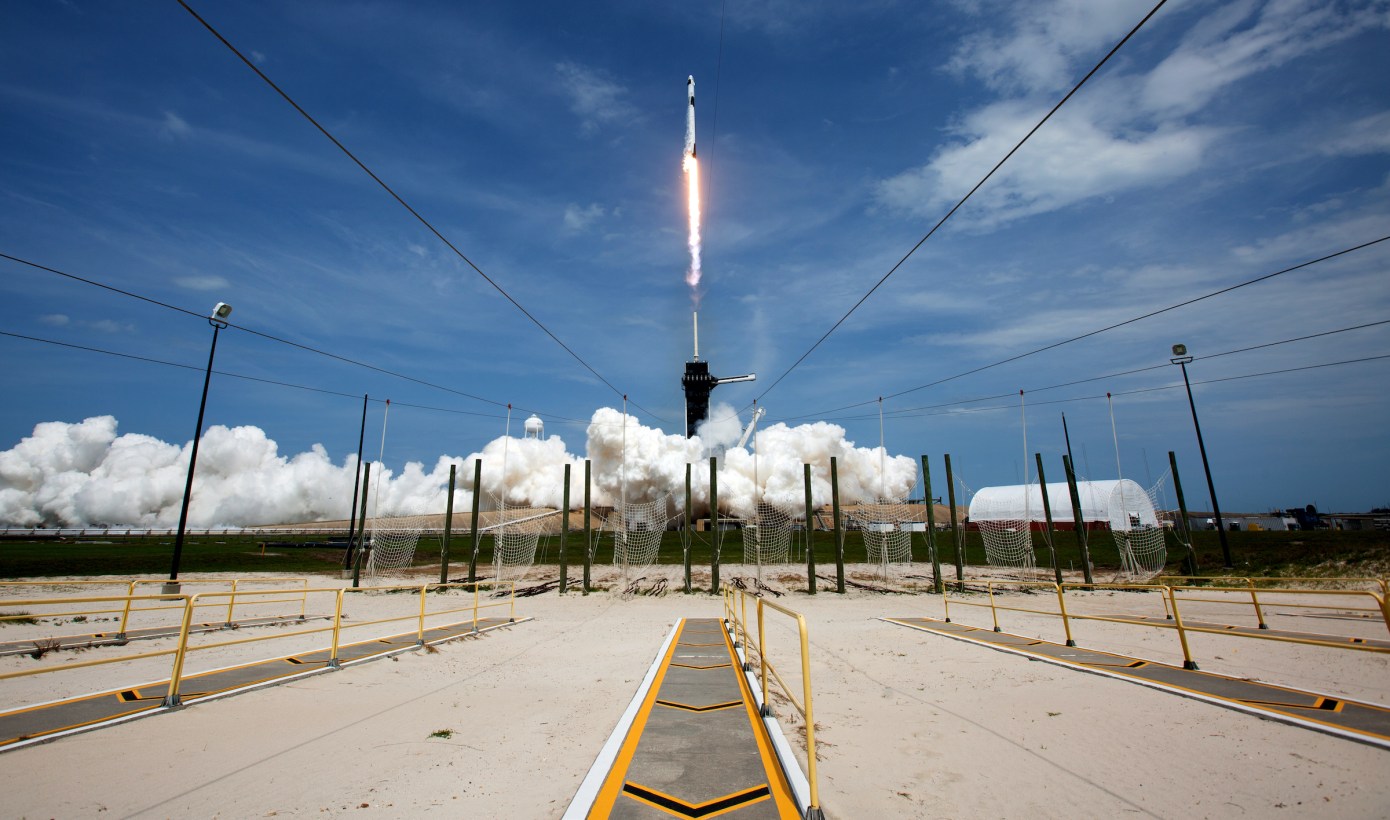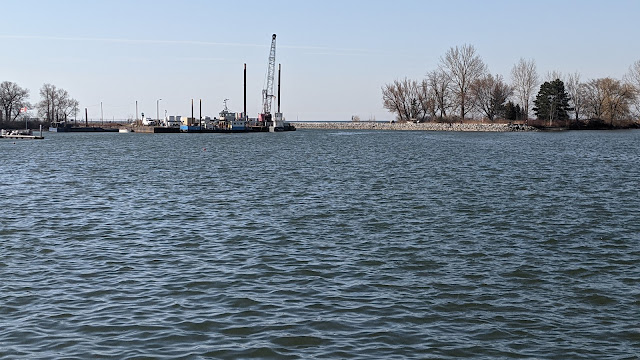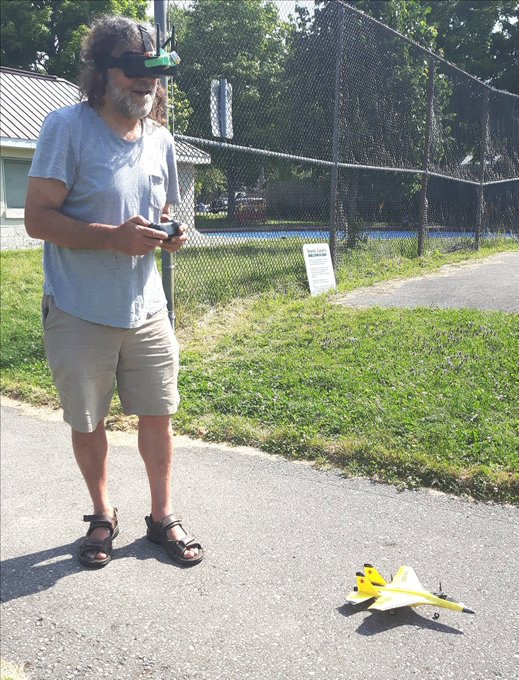I just read a deeply disturbing article in The Globe and Mail about amateur traders playing with derivates. If you don't know what they are, read the article anyway, as it explains the basics.
One of the things I was working on in my last days at the TSX was to help the business analysts rewrite and reorganize the requirements documentation for the the trading engine – the rules that it has to follow when processing trades. The rules for ordinary trades are complex, but the rules for derivatives are a whole new level of complexity. I certainly didn't understand them and I'm not sure the BAs did either.
On an individual level, this is playing with fire. While it's possible to make a lot of money fast, it's also possible to lose your money, your shirt, and maybe your house and life savings. People think they understand how these financial instruments work, but they almost certainly aren't aware of all the fine print, so to speak.
So now we have a bunch of untrained people risking a lot of money on things they don't understand, complicated by the toxic effects of social media (see GameStop). The overall financial market system has long been too complex to manage and has many failure modes that are not well understood (see flash crash). Now we're adding increased volatility.
That's bad enough. Then I read this.
Just this past week, a Wall Street investment firm launched the VanEck Vectors Social Sentiment Exchange Traded Fund, an indexed basket of securities that uses artificial intelligence to monitor the chatter about them on social media. The stock symbol is BUZZ.
Next month, a San Francisco startup plans to create a derivatives exchange on which investors can bet on yes-or-no questions – say, will Canadians have vaccines by September? Investors in the venture include Charles Schwab himself, billionaire private equity king Henry Kravis and Justin Mateen, a co-founder of Tinder, the dating app. The derivatives action is getting wilder and more speculative by the day.
,,,
Mr. Sosnoff is the Chicago-based co-founder, co-chief executive and, most importantly, house philosopher at Tastytrade, an online weltanschauung devoted entirely to retail investors who want to trade options and futures, often on margin. Mr. Sosnoff is, at this very moment, preparing to bring Tastytrade to Canada.
That will present challenges. Canada has stricter rules than the U.S. around discount retail derivatives trading. It isn’t possible to trade through Robinhood, the low-cost self-directed cellphone trading app, in Canada. It is possible to trade futures and options on Toronto-based Questrade (and on margin), but there are restrictions.
Wealthsimple, on the other hand, doesn’t offer options or futures trading at all on its no-fee app. Michael Katchen, Wealthsimple’s CEO, walks a fine line between offering clients investment advice – which a discount brokerage is not allowed to do – and keeping them away from risk. “There is nothing inherently wrong with options or margin,” he says. “The problem is, they can be very risky, especially in the hands of people that don’t know what they’re doing.”
But Canada is already Tastytrade’s second biggest audience, with 10,000 daily viewers (India is No. 3). With competitors breathing down its neck, Wealthsimple has already promised a more liberal trading platform in the near future.
I'm scared. It may be time to put a big chunk of my savings into Canada Savings Bonds or something that is locked in tight enough to survive a market crash that'll make October 1929 look tame. Because if we don't tighten the controls over derivatives trading, that's what we're going to see.










